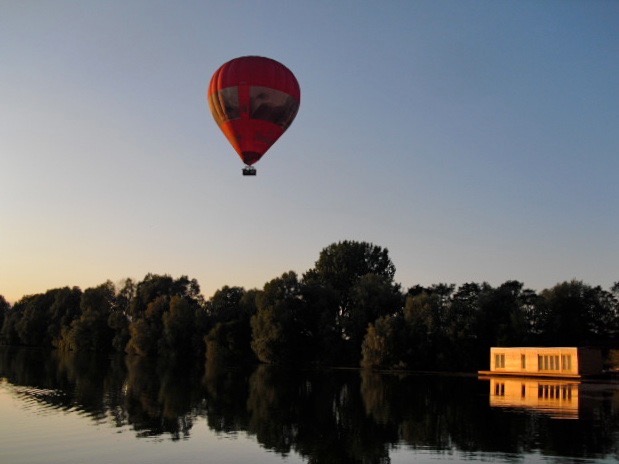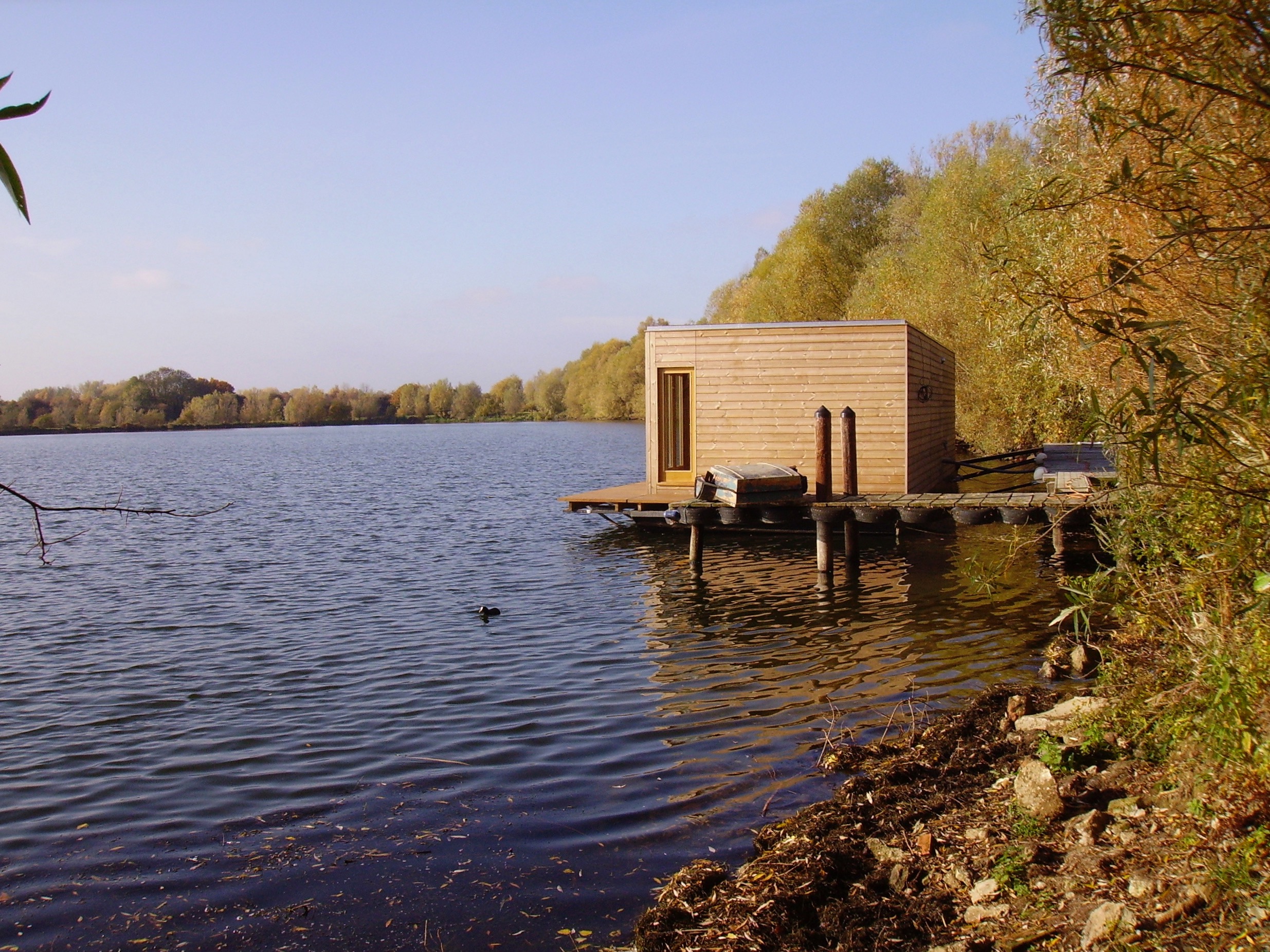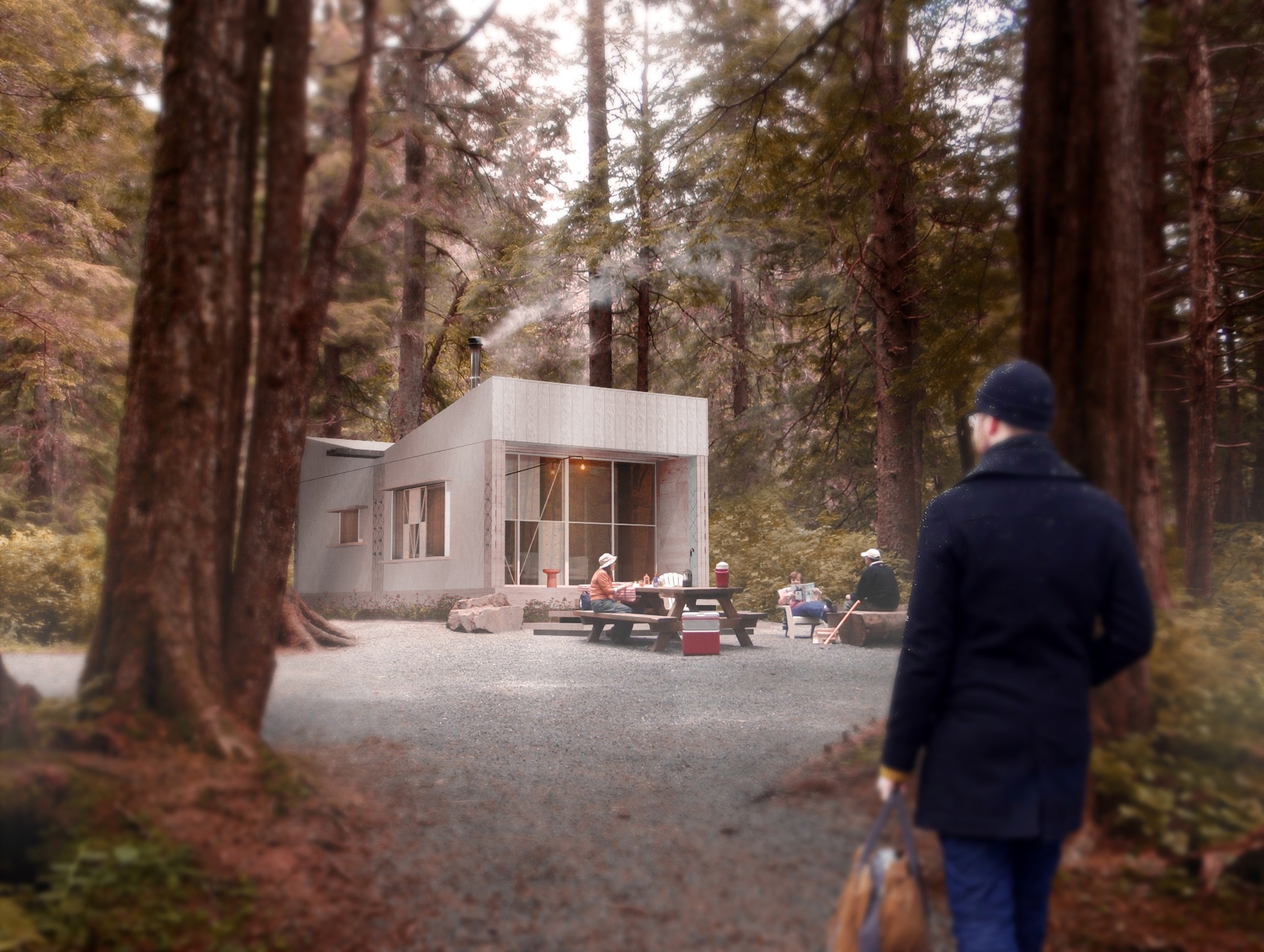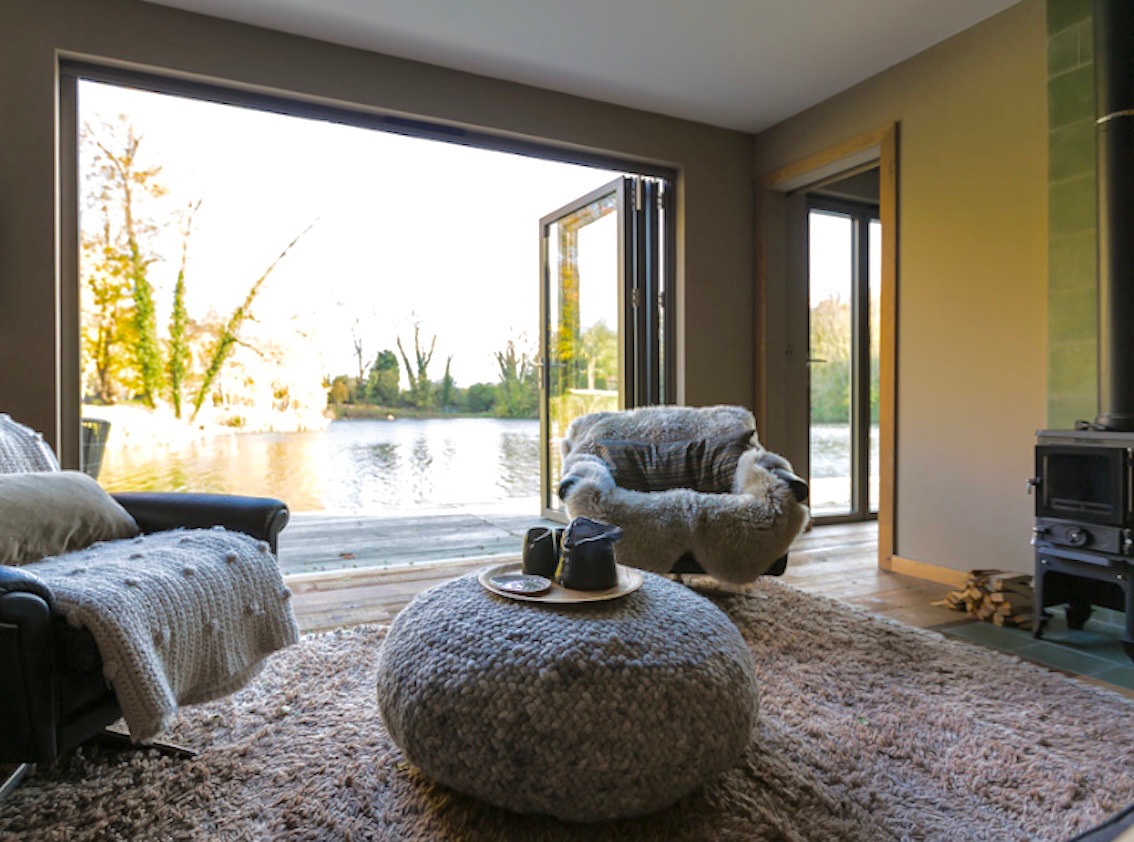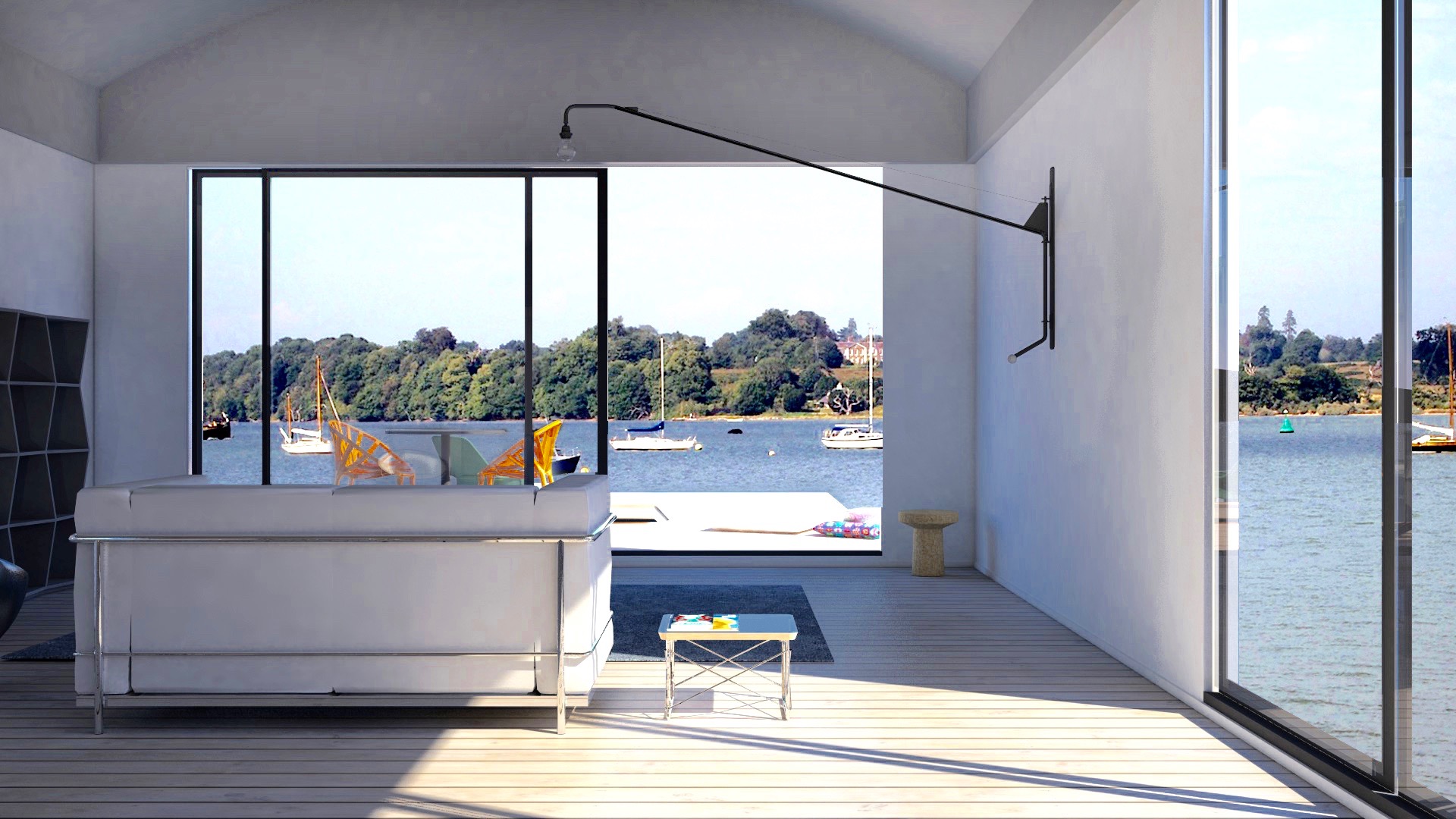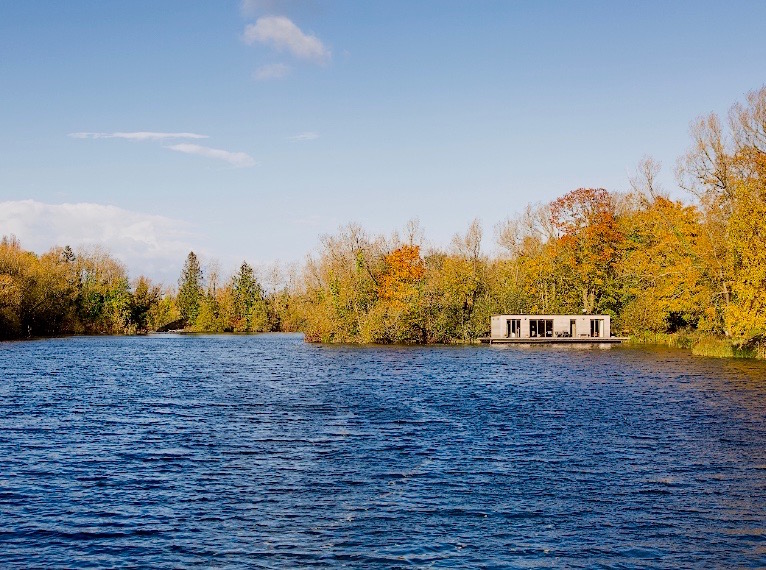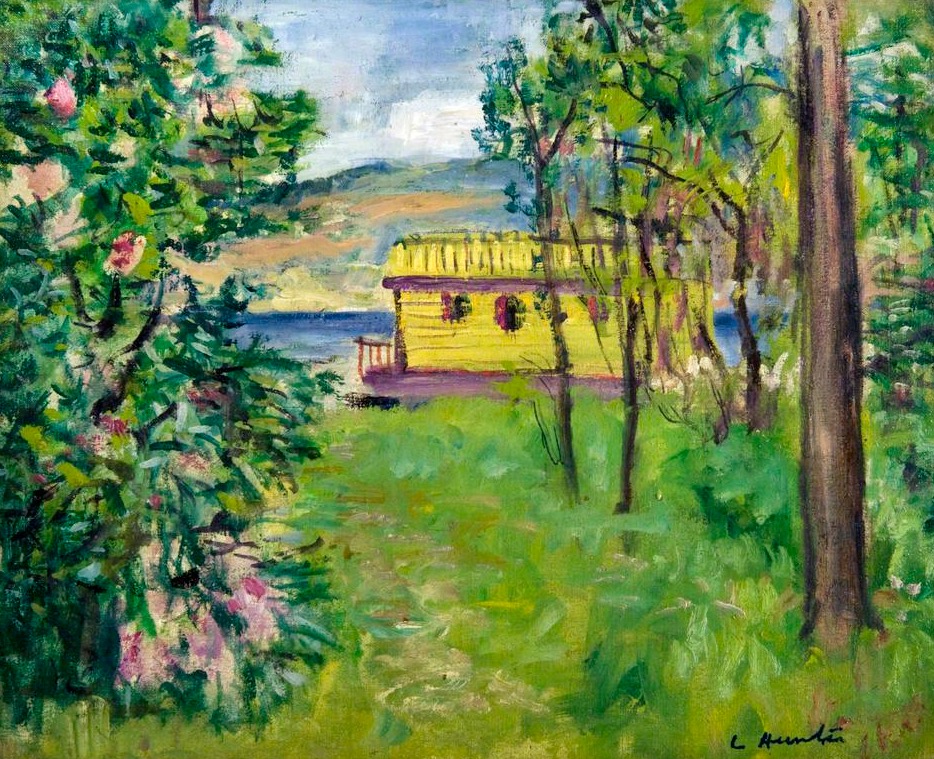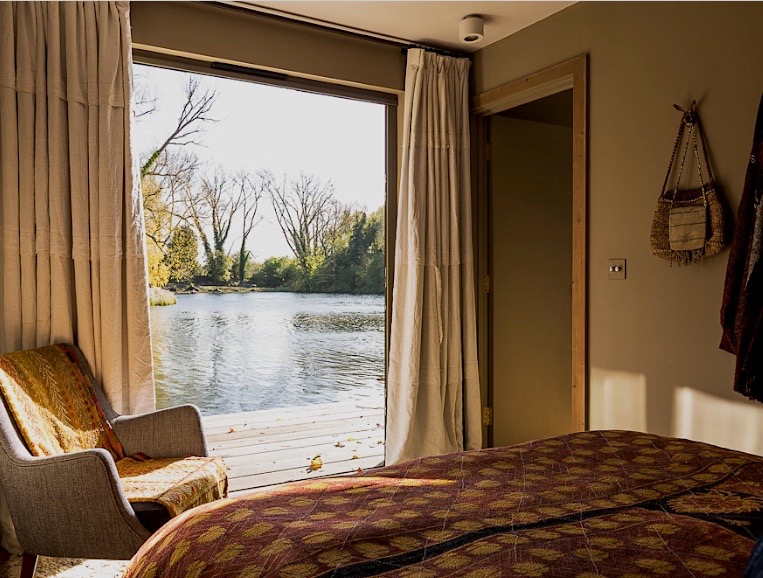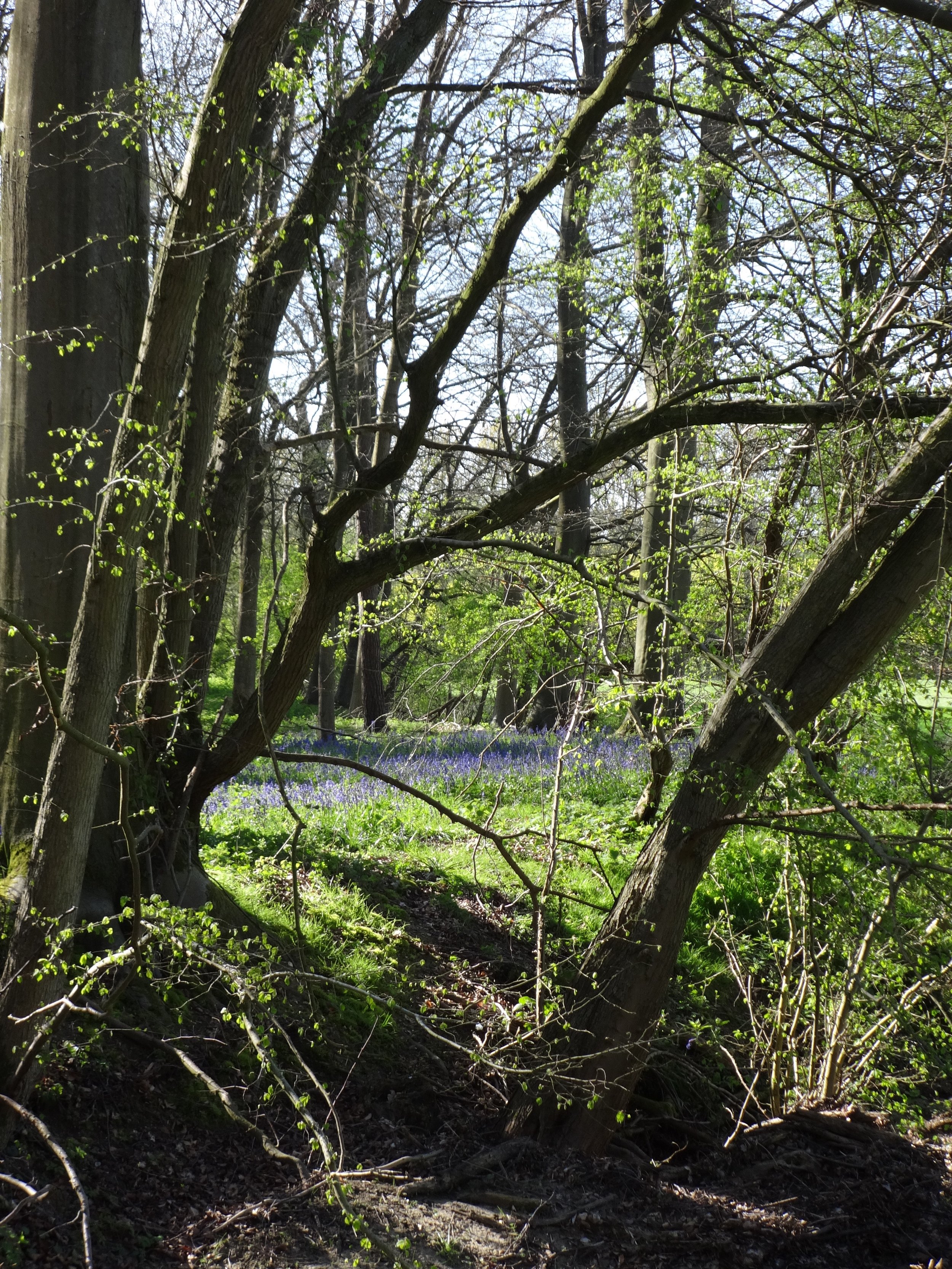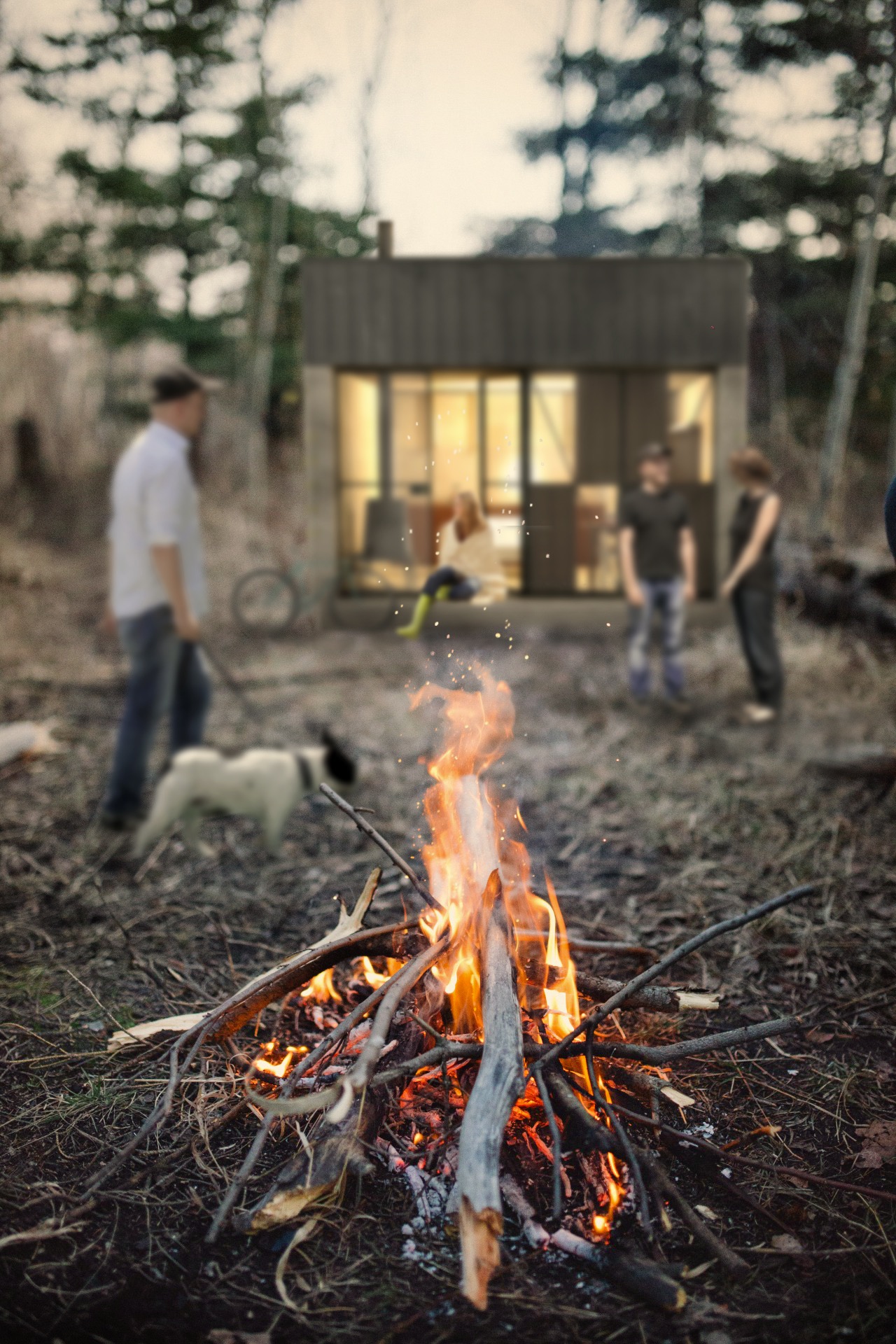The perfect retreat seamlessly connected to nature
Designing the Perfect Retreat Space
As the world around us changes, it’s no surprise that more and more people are desiring a chance to pause, reflect and recharge. The rising demand for wellness tourism has seen it become the fastest-growing sector in travel. By 2020, The Global Wellness Institute predicts it will be worth over $563bn.
As demand for these experiences increases, so too do opportunities for land and business owners. Owners of campsites, areas of natural beauty - and even buildings with a view - are exploring ways to maximise their assets by accessing this market. Whether it’s yurts, shepherd’s huts, treehouses, a rooftop pavilion, or a floating sanctuary, there has never been a better time to offer your customers a unique retreat experience.
The chance to connect
To imagine the perfect retreat, first we need to consider what it is we are retreating from. Is it the relentless monotony of the 35-plus hour working week? The increasing complexity of the modern world? The people around us, who we love dearly, but also need time away from every so often?
Retreats are about more than simply relaxing. What most of us want, whether we realise it or not, is to feel connected. We talk about ‘finding ourselves’ on holiday but what we’re really trying to find is something that makes us feel human again. Amid the hustle and bustle of our work lives, this sense of belonging is something we may not even realise we’ve lost. We want to feel accepted by the world around us, not only in the form of human relationships, but through a bond with nature.
“A great location....a must visit houseboat, views across the harbour are stunning, sitting on the roof deck with a drink is magical.... a kingfisher catching fish from the deck, Oh wow!”
Design considerations
A thoughtfully-designed retreat space can do just that. Rather than hiding them away, you can connect people to the world around them through considered design choices that maximise the gifts of the environment – whether that’s a clear lake, natural light, a stunning vista, or a quiet woodland.
Using materials with an aesthetic and tactile quality, such as reclaimed wood, can encourage your retreat guests to fully engage with their environment. If your guests are environmentally-conscious, they will be drawn to spaces that respect the natural world, such as those powered by solar energy, or those with sustainable water treatment systems. A retreat for painters might focus on harnessing natural light, and careful positioning of windows that frame and dramatise the views.
The retreat space is as important as the location. A disconnect between the two will feel unbalanced, and therefore, uncomfortable. For people to truly relax, they must feel at ease. Thoughtful design is seamless; it creates a sense of unity that is both seen and felt.
What makes running a retreat interesting is that it isn’t about giving people what they want so much as giving them what they need. You can offer someone the chance to get in touch with a feeling that they cannot create for themselves in everyday life – and that in itself is a gift.

